Dell PowerEdge R900 - 24 core server review
Dell delivers a highly scalable enterprise server platform well suited to virtualisation – are 24 Xeon cores enough for you?
The R900 delivers a high performance hardware package for the price making it a strong contender as an enterprise server virtualisation platform. Full remote server management is an optional extra but build quality and design are good and Dell teams this up with plenty of expansion potential.

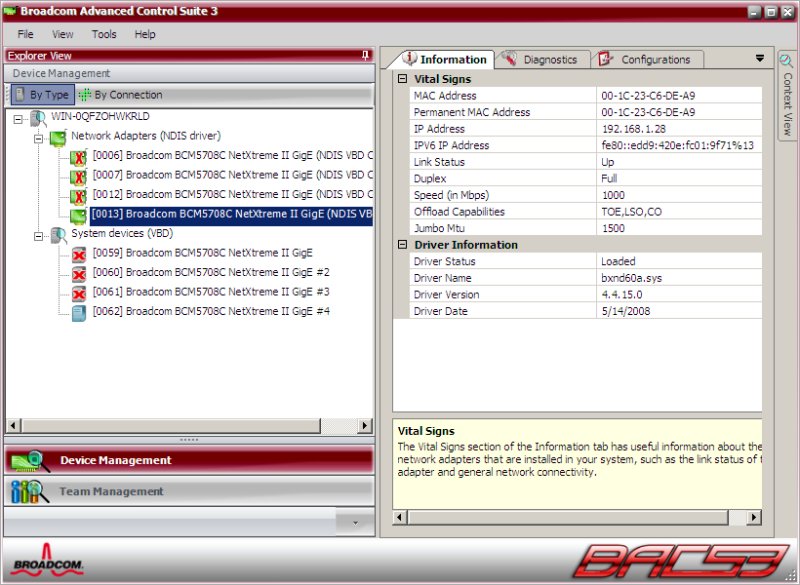
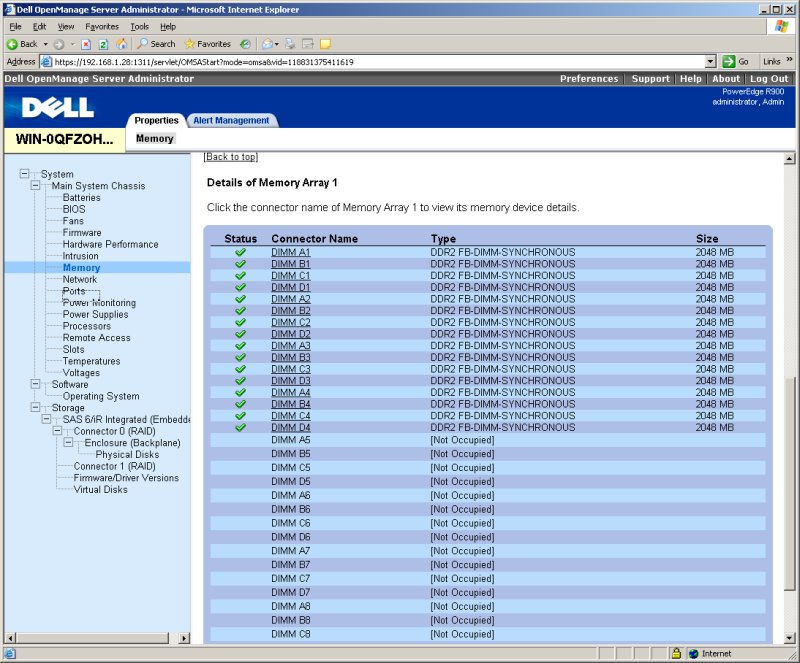
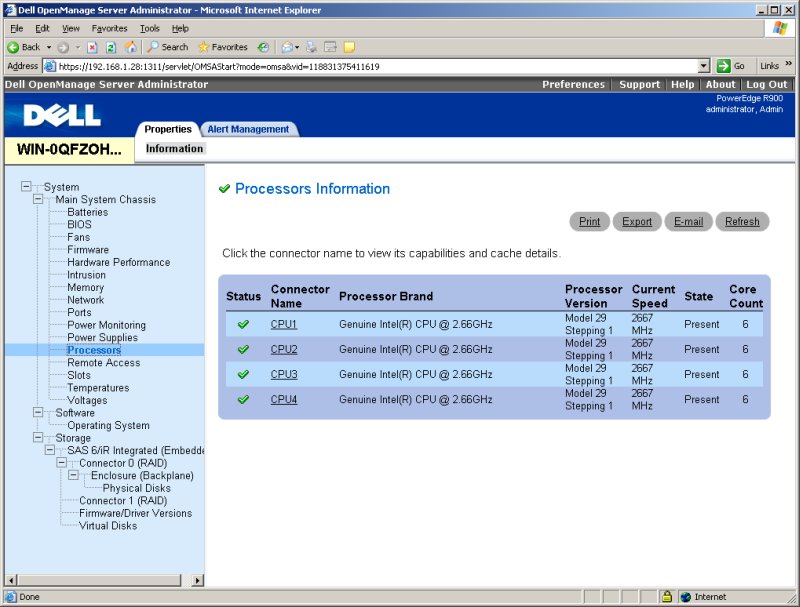

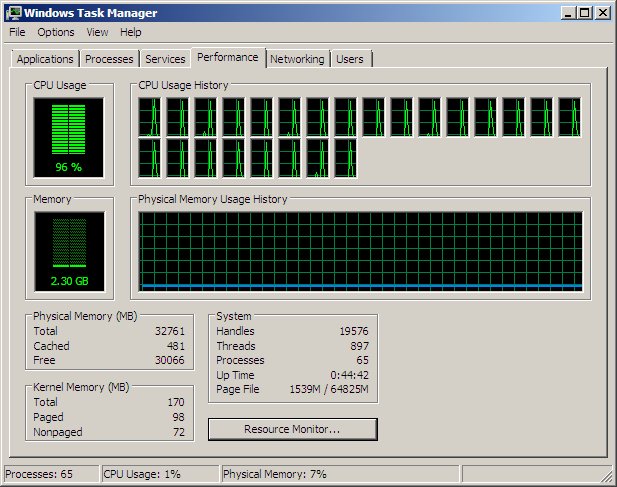
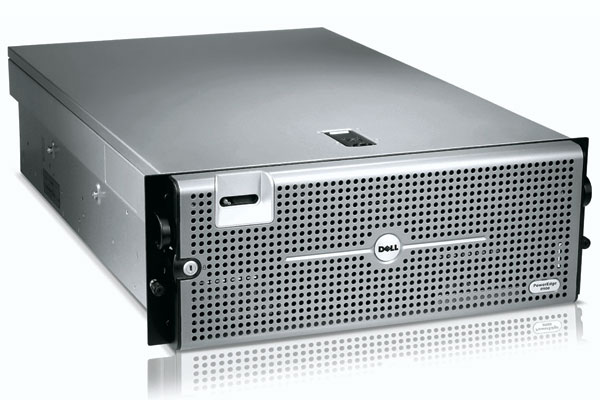
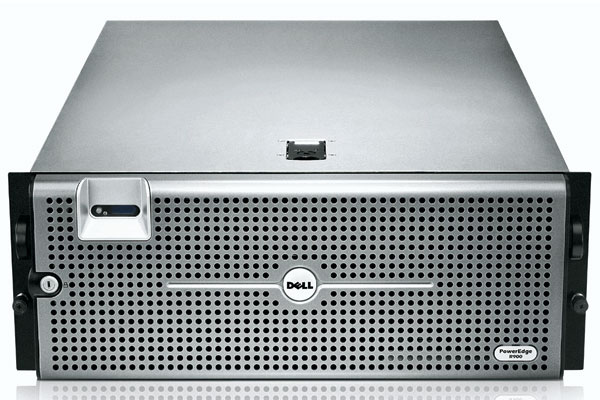
Dell PowerEdge R900
Targeting a range of enterprise applications including server virtualisation and database services, Dell's latest PowerEdge R900 is touted as its most powerful server yet. This 4U chassis supports the complete range of X7400 Xeons and the review system came kitted out with four of the latest high-performance six-core X7460 modules delivering a total of twenty-four cores.
The 7400 family of multi-core Xeons represents the end of an era as these are the last of Intel's Penryn generation. Along with four quad-core models, the family has been expanded to offer three six-core versions. The X7460 processors in the review system each offer a full 16MB of shared L3 cache shared across all six cores the E7450 and L7455 only have 12MB of L3 cache to share around.
The R900 chassis has seen good service as it's the basically the same as that used by the PowerEdge 6950 AMD based rack server that was launched a few years ago. However, it continues to deliver in the build quality department as this 4U chassis is extremely well constructed. Most of the front panel has been handed over to two large grills on each side which facilitate an unobstructed air flow throughout the chassis.
In the centre is a vertical hot-swap cage that supports eight SFF hard disks and the price of the review system includes a triplet of 146GB SAS drives. Storage is handled by the LSI based Dell PERC 6i RAID controller, which comes with 256MB of cache memory and supports an optional battery backup pack. If you want more storage options we would recommend checking out HP's ProLiant DL580 G5 as this 4U rack server supports up to sixteen SFF hard disks.
Internal design of the R900 is very neat and tidy with the processor sockets arranged in a row across the front of the motherboard. Cooling is handled well as the main chassis is serviced by two pairs of 12cms diameter hot-swap fans mounted behind the front grills.
The processors each have meaty passive heatsinks all covered by a large plastic shroud whilst two pairs of smaller hot-swap fans on either side at the rear look after the memory modules. This arrangement works well as once the fans have settled down after power up the server runs very quietly.
Further back are two pairs of memory riser cards, which connect to the motherboard via 16X PCI-e slots. The price of the review system includes 32GB of FB-DIMM memory split equally across the cards and this can be expanded to a maximum of 256GB.
Get the ITPro daily newsletter
Sign up today and you will receive a free copy of our Future Focus 2025 report - the leading guidance on AI, cybersecurity and other IT challenges as per 700+ senior executives
Dave is an IT consultant and freelance journalist specialising in hands-on reviews of computer networking products covering all market sectors from small businesses to enterprises. Founder of Binary Testing Ltd – the UK’s premier independent network testing laboratory - Dave has over 45 years of experience in the IT industry.
Dave has produced many thousands of in-depth business networking product reviews from his lab which have been reproduced globally. Writing for ITPro and its sister title, PC Pro, he covers all areas of business IT infrastructure, including servers, storage, network security, data protection, cloud, infrastructure and services.
-
 Google faces 'first of its kind' class action for search ads overcharging in UK
Google faces 'first of its kind' class action for search ads overcharging in UKNews Google faces a "first of its kind" £5 billion lawsuit in the UK over accusations it has a monopoly in digital advertising that allows it to overcharge customers.
By Nicole Kobie Published
-
 Darktrace unveils tailored AI models with a twist for its cybersecurity agent
Darktrace unveils tailored AI models with a twist for its cybersecurity agentNews Darktrace has announced new AI models for its agentic AI security tool, but it's taken a novel approach to tackle hallucinations.
By Rory Bathgate Published
-
 This tech company wants to pay staff to look after their mental and physical wellbeing
This tech company wants to pay staff to look after their mental and physical wellbeingNews Hot on the heels of its four-day week trial, tech company Thrive is offering staff new incentives to take care of their mental and physical wellbeing.
By Ross Kelly Published